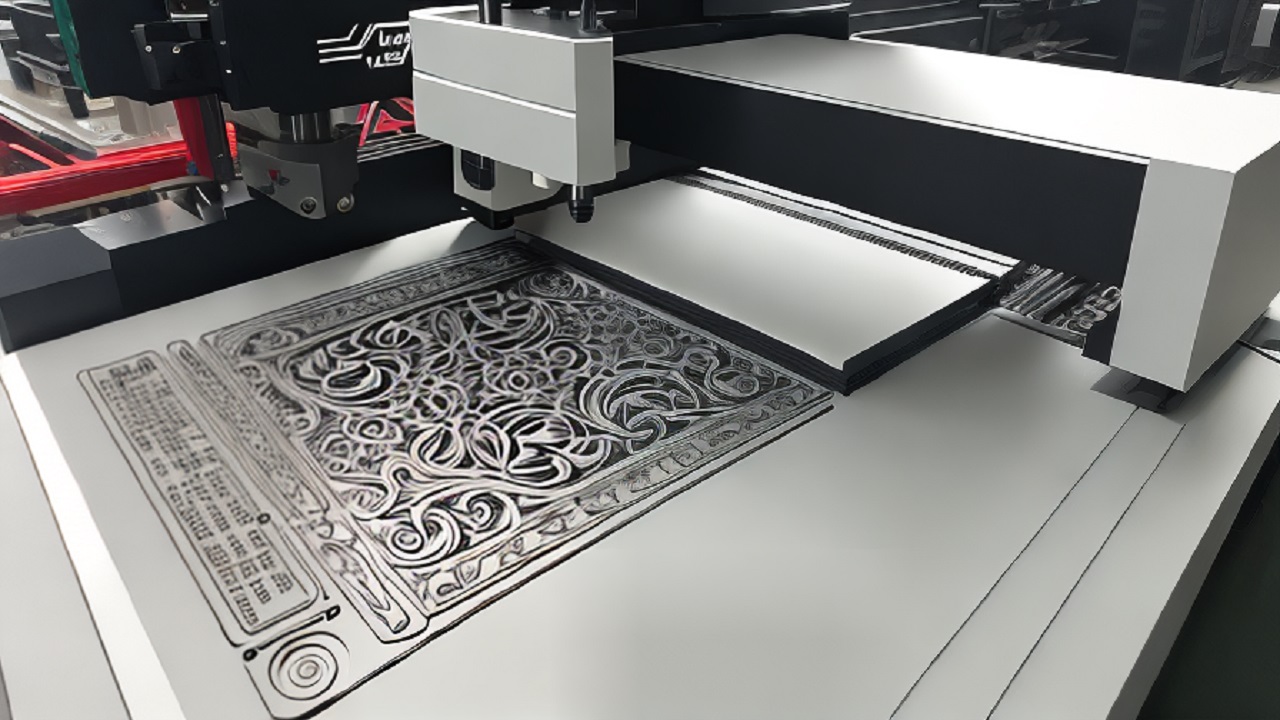Organizations working with laser engraving machines know that these machines have revolutionized the process of metal engraving in the recent past by providing high accuracy, versatility, and speed. These technological developments have not only opened new opportunities in engraving gravure métal but have also improved production lines in many fields.
Precision and Detail
The lasers can be focused on very small points, which makes it possible to engrave intricate designs and even letters that are very small in size and are very hard to engrave using other methods. This level of detail is especially useful for applications where the user needs to work with high-resolution images, in jewelry or other detailed industrial parts.
Flexibility and Versatility
Every businessman in the printing world gets versatility when it comes to both design and the materials that can be engraved, laser engraving equipment is incredibly flexible. These devices can operate on a variety of metals, including copper and aluminum that are used in printing.
Computer Based Designs
Flexibility is not limited to the design of the product but also to design skills. The ability to design and redesign an engraving on a computer before it is engraved is made feasible by software, which is useful for testing out different ideas and adjusting. Additionally, this digital method eliminates the need for actual prototypes, which would otherwise be expensive and time-consuming.
Efficiency and Cost-Effectiveness
People prefer laser engraving machines because they are efficient. The use of engraving technology in the production of the products is faster than the manual method of engraving. The high-speed lasers can produce intricate designs within a short time and with equal precision, which is essential for companies that require the services within a short time or for organizations that require many engraved products.
Advancements in Laser Technology
Modern developments in laser technology have improved the functions of laser engraving machines. Modern systems have enhanced laser sources, for instance, fiber lasers that are even more efficient and accurate. These advancements have expanded the capabilities of laser engraving beyond simple applications and opened new possibilities for its use in various fields.
Reducing Workload and Cost
Moreover, laser engraving does not require manual labor and expensive setup processes, which also makes it cost-effective. Lasers are very accurate and do not require a lot of material to be used and there is little chance of making mistakes, hence cutting down on costs.
Effects on industries
In manufacturing, they are used to etch serial numbers, logos, or barcodes on parts with a high level of accuracy. Laser engraving is used in custom products such as pens, watches, and awards where the consumer wants to have a personalized product. In addition, laser engraving has been adopted in the art industry where artists employ the technology in making intricate metal sculptures or artwork that combines other materials. The possibility to engrave fine details and textures has expanded the potential of artists working with metal.
Conclusion
Technology advancements will lead to an expansion in the use of laser engraving and yet another change in the design and production of metal objects in both artisanal and industrial settings. Due to their exceptional speed, accuracy, and adaptability, laser engraving equipment has significantly improved metal engraving.


